Weekly birding round-up: 25 Sept - 2 Oct
This, this is what autumn should look like. A good run of easterlies delivering top drawer Sibes our way and, better yet, distributed the length of the country. Throw in a dusting of Nearctic glamour too, and you’ve the ingredients for a classic week as September’s hors d’oeuvres yielded to the main course of October.
In the pantheon of rare buntings, Yellow-browed Bunting remains right up there. With just six accepted records on the books, from the first at Holkham Meals on 19th October 1975, to the last at Sandwich Bay (Kent) on 10th October 2020, none have made their admirers’ lives easy – the sole two British mainland records were both one-day birds, and the four birds sandwiched in between them have all been offshore – one apiece for Shetland and Scilly, and two for Orkney.
Even the bird that a great many of us unblocked back in 1994 on St Agnes (Scilly) had its issues – the viewing conditions weren’t great, with crowds squeezed into a narrow lane overlooking a weedy field, with just a few ‘windows’ in the hedge through which to see and, just maybe, catch a glimpse of the bird. This was one of the few occasions when your own correspondent has seen fists raised and blows exchanged at a twitch as tempers frayed…
Our last bird, the one in Kent five years ago, was trapped and ringed and, once released, never seen again. Alas that precedent was to be followed this week with our latest example of this subtly beautiful bunting – we’d no sooner learned on 29th that a Yellow-browed Bunting had been trapped and ringed and released in Dorset at Abbotsbury Swannery than no further sightings of it were to be forthcoming as the day wore on.
It’s something of an understatement to say that a twitchable British mainland example would be very popular indeed these days.
For just how popular a twitchable Yellow-browed Bunting would be on the British mainland, we need look little further than the precedent of Britain’s first Black-faced Bunting. Found in Greater Manchester overwintering at Pennington Flash in March 1994, it hung around well into April, racking up a residency of almost 50 days in the process. In that time a steady procession of admirers came to pay their respects.
Since then they’ve pretty much reverted to mega bunting type, with a distinct emphasis on island records. From that first bird in 1994 records have accelerated and comfortably overhauled Yellow-browed Bunting, with 13 birds now to Britain’s credit, including the unprecedented haul of three in autumn 2024 alone. Happily last year’s birds included one seen intermittently on 25th-29th October at Donna Nook (Lincolnshire), giving a new generation of birders a chance for a bite of the apple without heading too far from home.
None of which is to diminish the species’ status in these parts. Black-faced Bunting remains a mega bird, and one that many would still welcome a chance to see for the first time. But for the second time in this week’s headlines, an ‘alas’ is coming…
News of a bird on Shetland Mainland this week broke just before dusk on 28th, upgraded from the Little Bunting it had previously been identified as such earlier in the late afternoon. There was precious little daylight left to work with that day, and hence precious little time for birders in Shetland to react. Within half an hour of the news breaking, the Black-faced Bunting show was over.
And, alas, there was no further sign of it there the following morning after an achingly clear night. Ideal conditions in which for a bird to move on, and so it proved. Shetland’s fifth Black-faced Bunting hadn’t hung around.
Nor, for that matter, did another Shetland mega this week – the first-winter male Siberian Thrush found on Mainland up at Scatsta mid-afternoon on 29th showed only intermittently in what remained of the day and, by 30th, had moved on.
Whether this bird was one and the same as that found as the week drew to a close on 2nd may never be known, but at least the latter record was found earlier in the day, and remained on-site and visible as the day wore on.
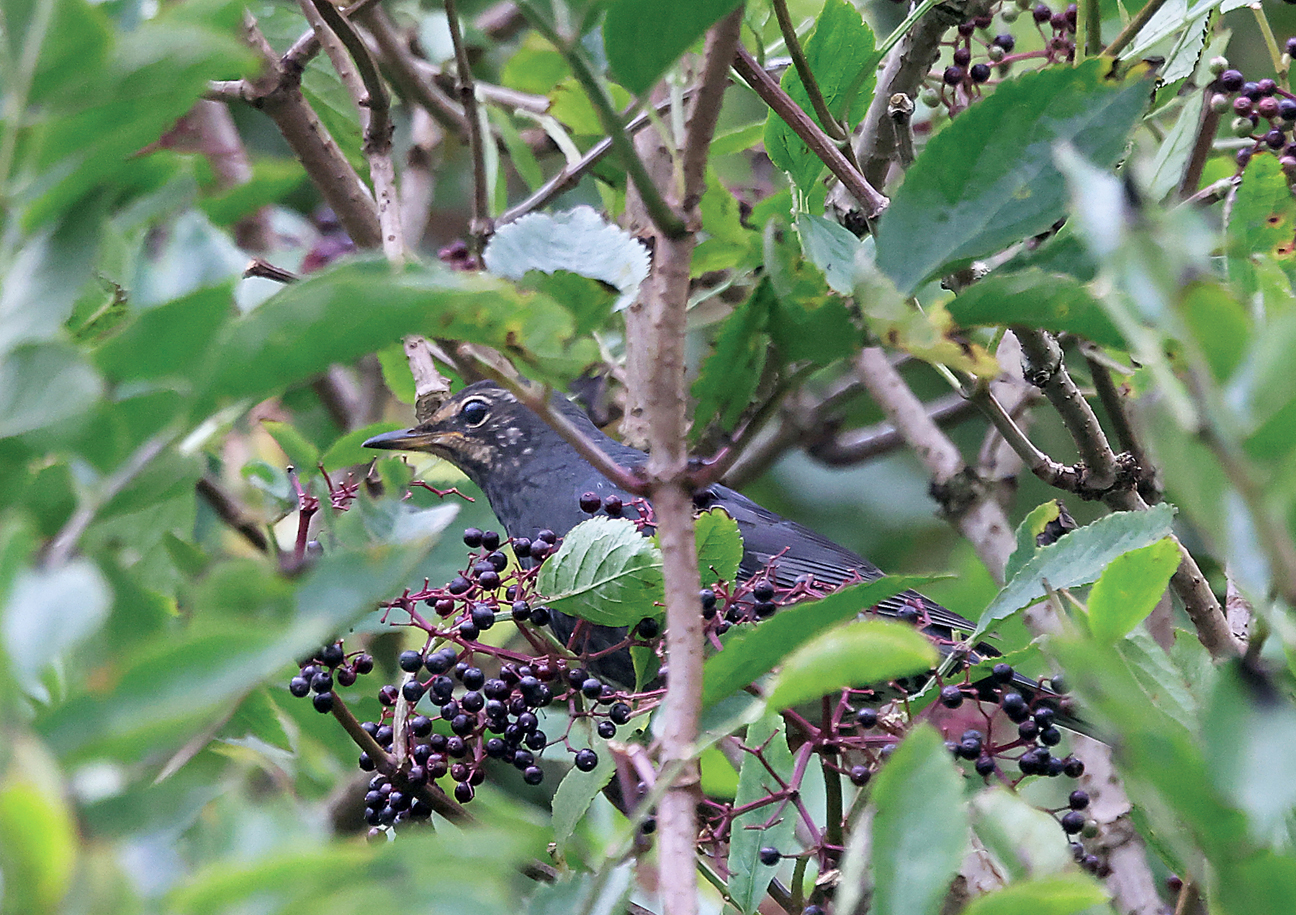
While far from an annual proposition in Shetland, the archipelago has enjoyed a near monopoly on Siberian Thrush since the turn of the century – we’ve had eight records in Britain since then, and all but one have been in Shetland. To that Shetland tally we can add one (or two) more this week.
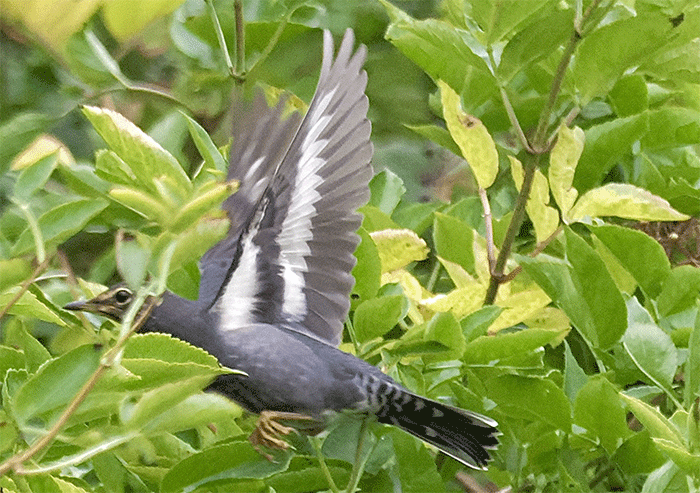
Heading out to sea remained a worthwhile activity this week, with the ever reliable Scilly pelagics scoring a Scopoli’s Shearwater on 26th; this followed by a probable seen at sea a mile off Bishop Rock on 30th.
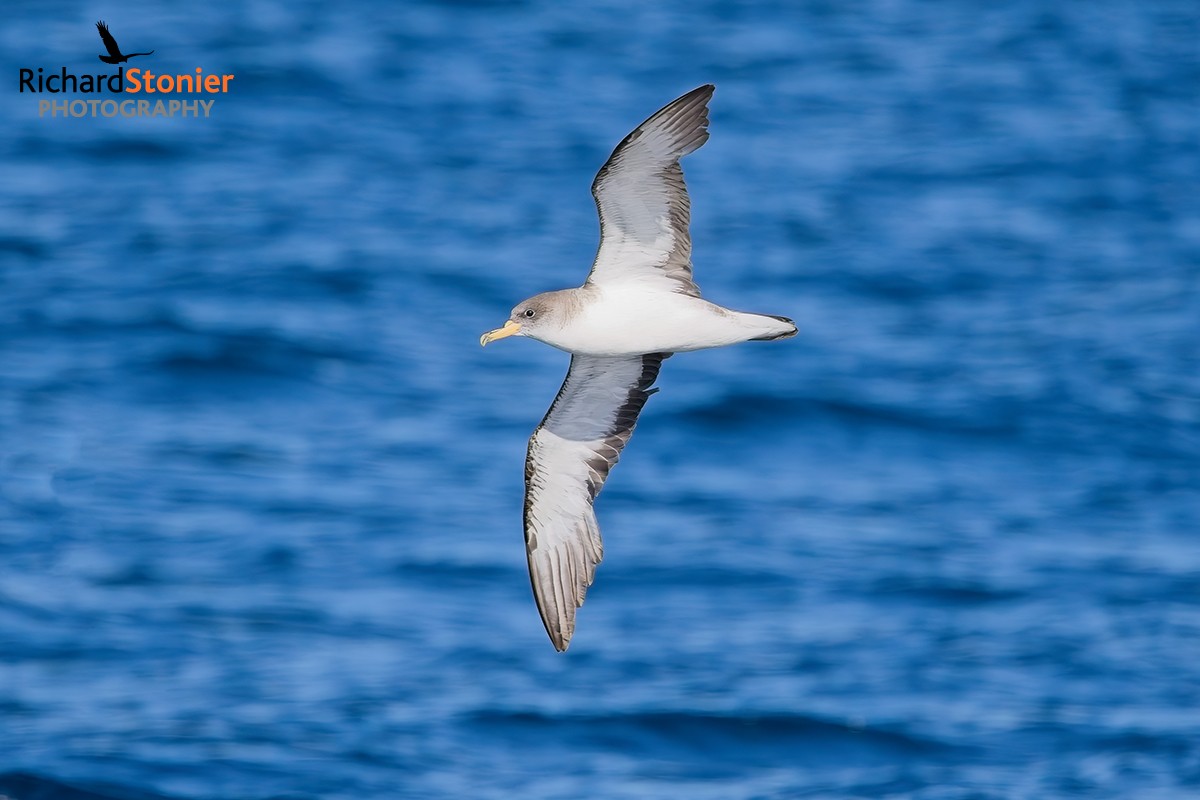
The Scilly pelagics of 26th and 29th each notched up around 150 Cory’s Shearwater, with a further 200 or so seen elsewhere during the course of the week. Great Shearwater meanwhile remained somewhat more numerous, with around 1,500 birds logged during the week, the lion’s share of which were seen from the Scilly pelagic of 29th, where some 800 birds were noted.
Balearic Shearwater fell off a cliff, with barely any seen. Portland (Dorset) gave us singletons on 26th and 28th, with two off there on 27th, and single birds on 1st and 2nd; Pendeen (Cornwall) supplied five birds on 30th; and Lyme Bay (Devon) two on 1st.
Norfolk enjoyed a proper rarity for the North Sea this week, with a Wilson’s Petrel seen from Cromer in the morning of 26th.
A Leach’s Petrel was seen from the Scillonian on 27th.
Autumnal notes were supplied by two Little Auk reported from Tarbat Ness (Highland & Caithness) on 27th; and two White-billed Diver, an adult and a juvenile, off Lewis (Western Isles) on 28th.
Finally, numbers of skuas were falling, with a mere 15 Pomarine Skua and barely a dozen Long-tailed Skua seen during recent days. Belated news concerned a South Polar Skua seen on 22nd at sea some 125 miles off Co.Mayo, at Porcupine Bank.
On to long-legged beasties, by which of course mainly mean Glossy Ibis, and yes there were still birds everywhere this week, scattered from Scilly to Shetland, and Ireland to East Anglia.
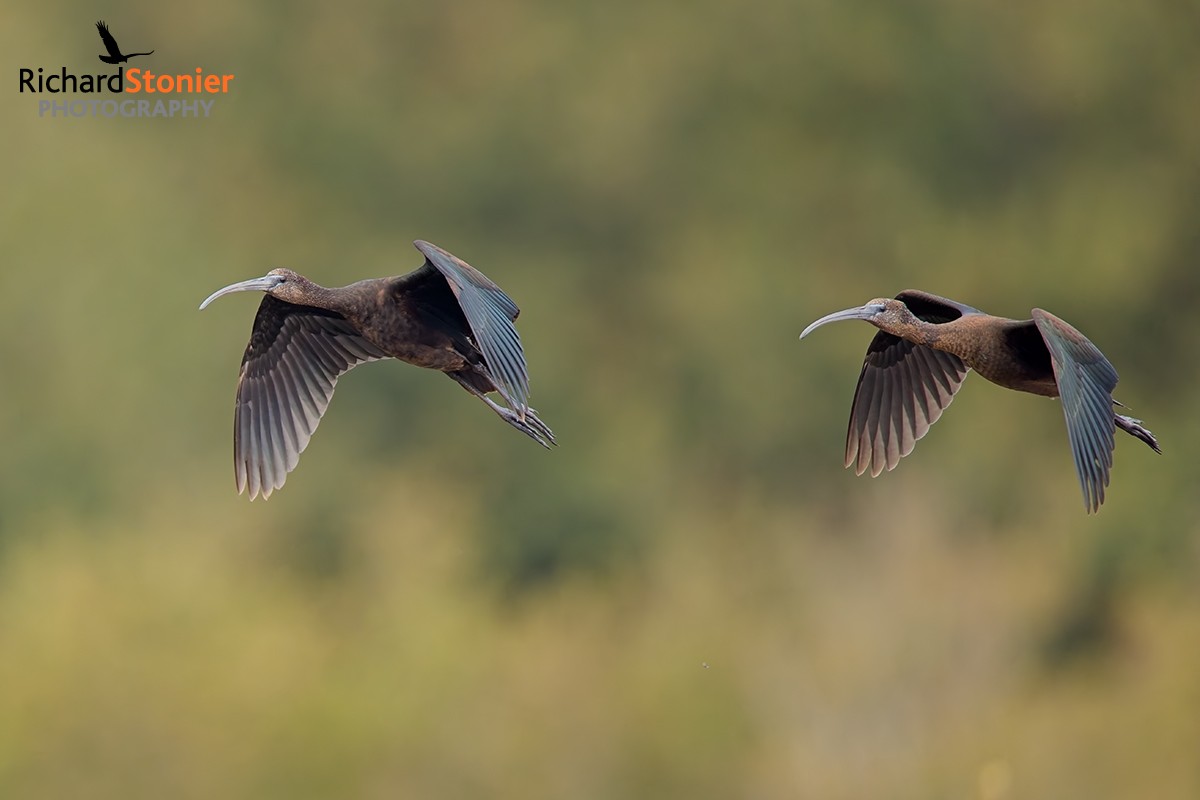
More unusual in these changed times, a Little Bittern was sound-recorded in the early hours of 27th over Weymouth (Dorset).
A Purple Heron was present at Worth Marsh RSPB (Kent) on 26th.
A Night Heron was reported over Marshside RSPB (Lancashire & North Merseyside on 1st; and a confirmed bird was in Devon at Budleigh Salterton on 1st.
A Black Stork was seen over Start Point (Devon) on 30th.
Representing perhaps both the influence of the south-easterlies that were striking the islands, and also increased observer effort there as the autumn birding season got into full swing, almost all of our Corncrake sightings this week came from Shetland – on Foula on 26th; two on Fair Isle on 27th; and singles on Mainland at Brake and Eswick on 29th, and at Urafirth and Scatness on 1st. A further bird was on St Kilda (Western Isles) on 1st.
A Spotted Crake was at Sandwich Bay (Kent) on 30th-2nd.
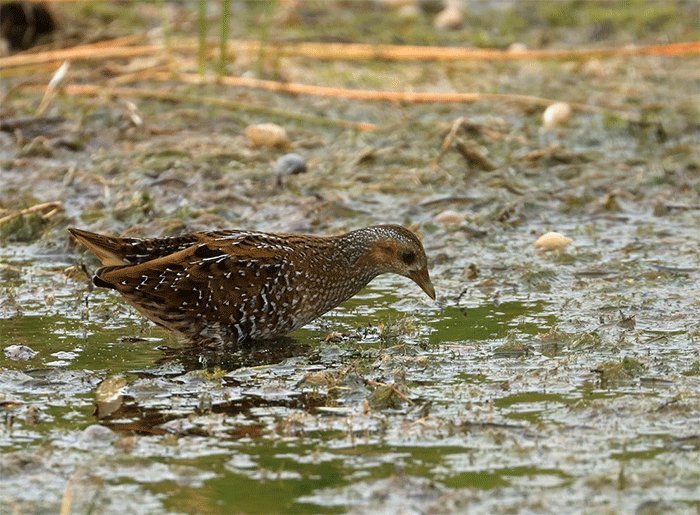
Moving on to the honkers and quackers, a Lesser White-fronted Goose was found in Lothian near Howgate on 28th; and Snow Goose in Aberdeenshire near St Combs on 27th-28th, over Beauly Firth (Highland & Caithness) on 30th; and on North Uist (Western Isles) on 1st.
A Ross’s Goose arrived at Marshside RSPB (Lancashire & North Merseyside) with Pink-footed Geese on 2nd.
In Shetland, the recent Blue-winged Teal began to spread its wings anew, moving from Loch of Hillwell north to Noss and Loch of Spiggie on 27th-28th.
Possible American Wigeon were seen near Wick (Highland & Caithness) on 27th, and on the Hayle Estuary (Cornwall) on 30th.
Single Ring-necked Duck were seen this week in Shetland on Mainland at Loch of Tingwall still on 26th-2nd; at Rumworth Lodge Reservoir (Greater Manchester) on 26th; on Inishbofin (Co.Galway) on 29th; at Loch of Wester (Highland & Caithness) on 29th, with a second bird present here on 1st; and on 1st at Cross Lough (Co.Mayo). Three were present on 30th-1st on Achill Island (Co.Mayo).
The drake Ferruginous Duck remained at Draycote Water (Warwickshire) on 26th; and the female again at Shawell (Leicestershire) on 1st.
One of the recent drake White-winged Scoter was again seen in Lunan Bay (Angus) on 26th, while the second-winter drake remained off Musselburgh (Lothian) on 26th-27th.
A drake Surf Scoter also remained in Lunan Bay (Angus) this week on 26th.
There was still plenty of variety on offer in the weekly waders, and we’ll start our run through them on Scilly, where a Wilson’s Phalarope turned up on St Mary’s on 30th-2nd. While far from the rarest of Nearctic waders in a British context, this was the first for Scilly in well over a decade, the last being a September bird on Tresco back in 2010. Another was found on 29th in Lancashire & North Merseyside at Leighton Moss RSPB.
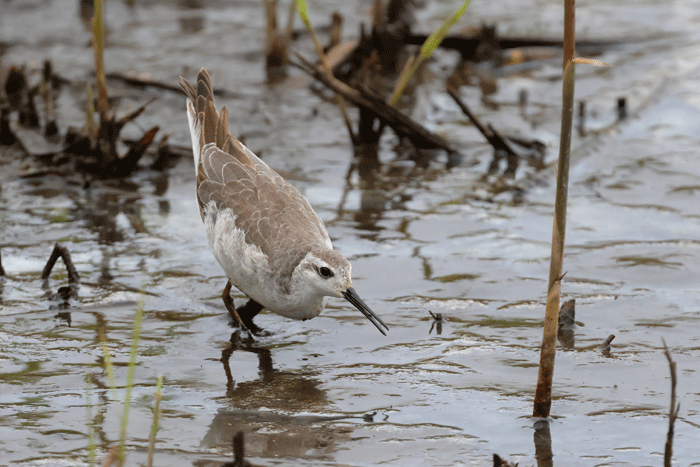
A handful of Red-necked Phalarope were found in recent days – individuals seen at Bowers Marsh RSPB (Essex) on 27th-2nd; Worth Marshes RSPB (Kent) on 28th-2nd; St Gothian Sands LNR (Cornwall) on 27th-2nd; Nosterfield LNR (North Yorkshire) on 28th-2nd; and at Drift Reservoir (Cornwall) on 30th-1st.
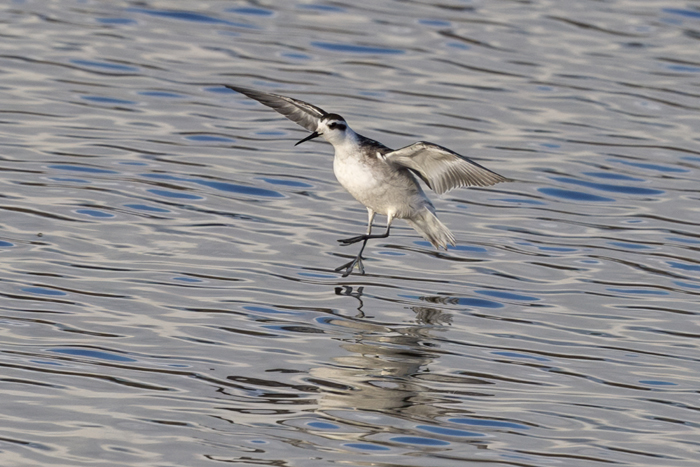
Meanwhile, there were still decent numbers of Grey Phalarope being recorded this week, with some 30 birds in all seen, with seven from the Scilly pelagic of 26th a notable contribution to that tally.
Temminck’s Stint were seen at Cheddar Reservoir (Somerset) on 26th-2nd still, at Baston Langtoft Pits (Lincolnshire) on 30th, and Marsh Lane NR (West Midlands) on 2nd.
Surprising nobody by this juncture, the resident Western Sandpiper remained in Ayrshire at Maidens on 26th-30th.
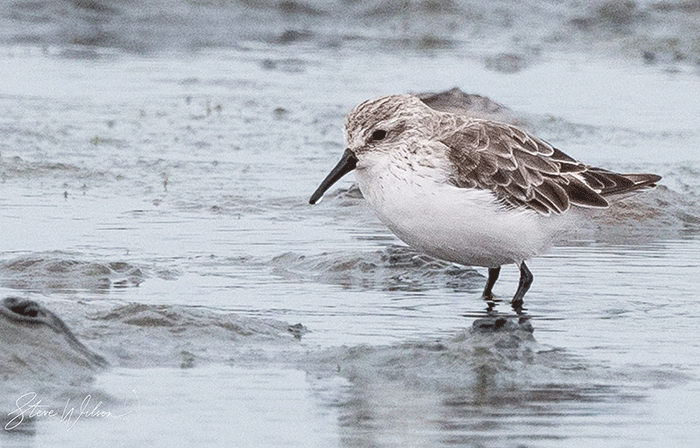
The week was a good one for Semipalmated Sandpiper, with the recent Bryher (Scilly) bird still present on 27th-28th; birds in Co.Cork at Clonakilty on 27th, and Garinish Point on 30th; one in Co.Clare at Aughinish on 29th-30th; and one at Tacumshin (Co.Wexford) on 1st.
Three adult White-rumped Sandpiper were a great find at Tacumshin (Co.Wexford) on 30th-1st; and single birds were also seen this week at The Gearagh (Co.Cork) on 27th-1st, on Benbecula (Western Isles) on 28th, and at Blennerville (Co.Kerry) and Annagh Marsh (Co.Mayo) on 1st.
The Western Isles also retained Baird’s Sandpiper on South Uist on 26th, and St Kilda on 27th. Another was found on 1st at Annagh Marsh (Co.Mayo).
Lingering Buff-breasted Sandpiper remained this week at Lough Beg (Co.Derry) again on 27th, and in East Sussex at Jury’s Gap on 26th and Scotney GPs on 27th-1st still. Another was found on 1st on Islay (Argyll & Bute).
Pectoral Sandpiper remained in double figures in Britain and Ireland as a whole, with 19 individuals seen during the course of the week. Somerset featured two birds at Blagdon Lake on 27th, and Chew Valley Lake on 28th-2nd; while two were seen on The Mullet at Annagh Marsh (Co.Mayo) on 1st; and three at Lough Beg (Co.Derry) on 1st.

A Spotted Sandpiper was present on St Agnes (Scilly) on 26th-2nd.
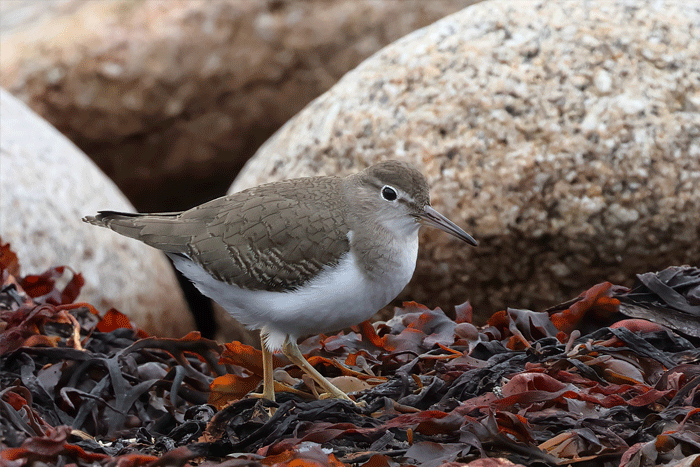
The juvenile Marsh Sandpiper remained settled at Musselburgh (Lothian) on 26th-2nd.

In Cambridgeshire the Lesser Yellowlegs remained at Etton Maxey Pits on 26th-2nd; the recent individual remained at Loughor (Glamorgan) on 27th-28th; another was seen at Lurgan Green (Co.Louth) on 28th-29th; and Norfolk scored a bird at South Wootton on 1st-2nd.
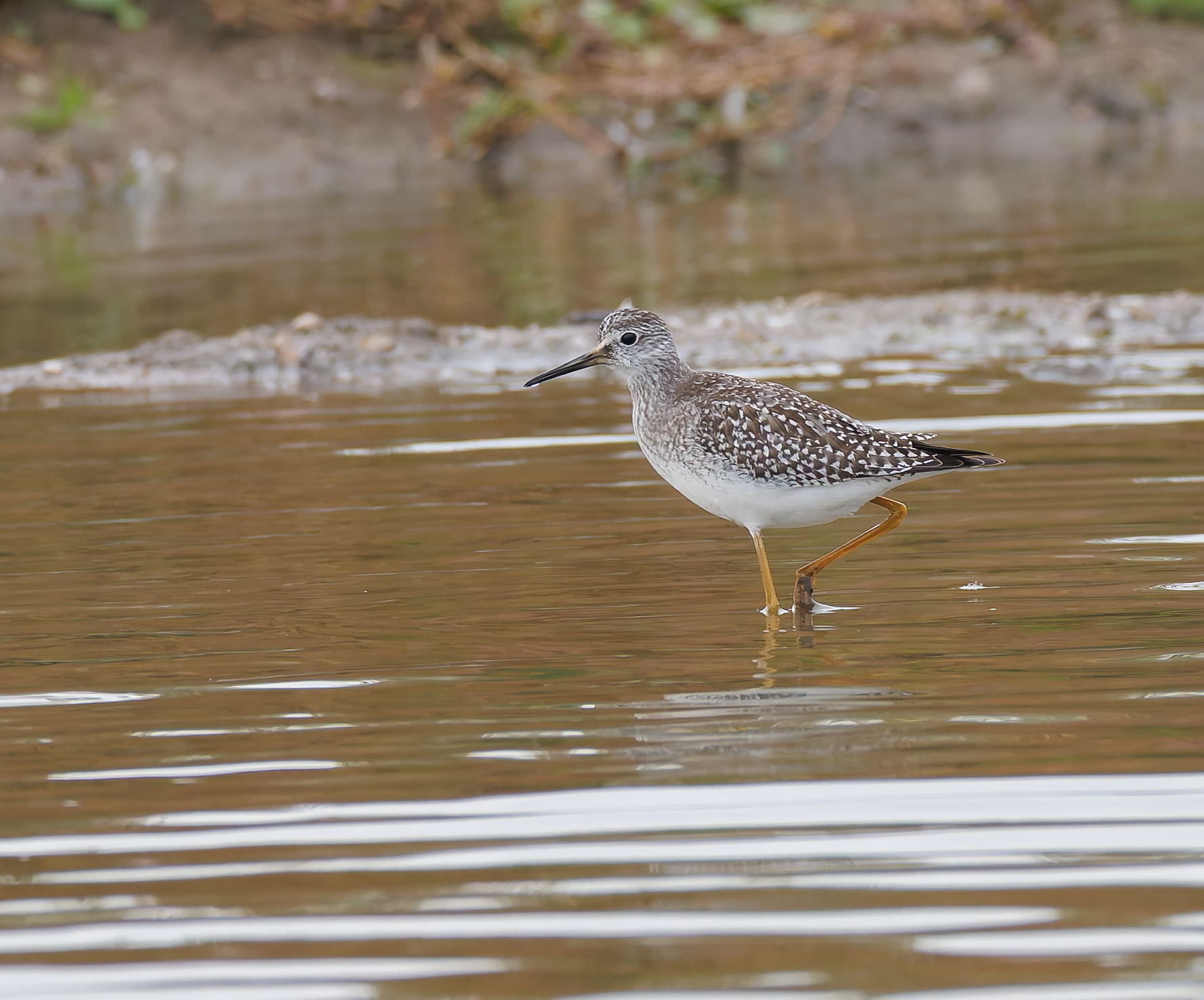
Tacumshin (Co.Wexford) held onto its Long-billed Dowitcher on 28th-1st.
Numbers of American Golden Plover kissed the double figure threshold this week, with 13 birds logged in Britain and Ireland. British examples were seen on South Uist (Western Isles) on 26th, North Uist on 30th, and Benbecula again on 1st-2nd; at Theddlethorpe (Lincolnshire) on 26th; at Clifford Hill GPs (Northamptonshire) on 30th-1st, and Pitsford Reservoir on 2nd; and at Dale Airfield (Pembrokeshire) on 2nd, where two birds were seen. Irish birds were present at Carrahane Strand (Co.Kerry) again on 26th and 1st; Tacumshin (Co.Wexford) on 28th-1st, with two there on 1st; Cahore Marsh (Co.Wexford) on 29th; Harper’s Island (Co.Cork) on 30th; and Achill Island (Co.Mayo) again on 1st.
A Pacific Golden Plover put in a brief appearance in Kent at Seasalter on 28th.
A few Dotterel continued to pass through lately – single birds were noted at Fairfield (Cumbria) on 27th, and Blakeney Point (Norfolk) on 29th; and three were seen over Skewjack (Cornwall) on 28th.
Finally for the week, a Hudsonian Whimbrel was seen briefly on North Ronaldsay (Orkney) on 2nd.
Numbers of Sabine’s Gull tumbled this week, with barely 20 birds recorded, of which a dozen seen from Ballycotton (Co.Cork) on 12th were by some margin the highest single site count.
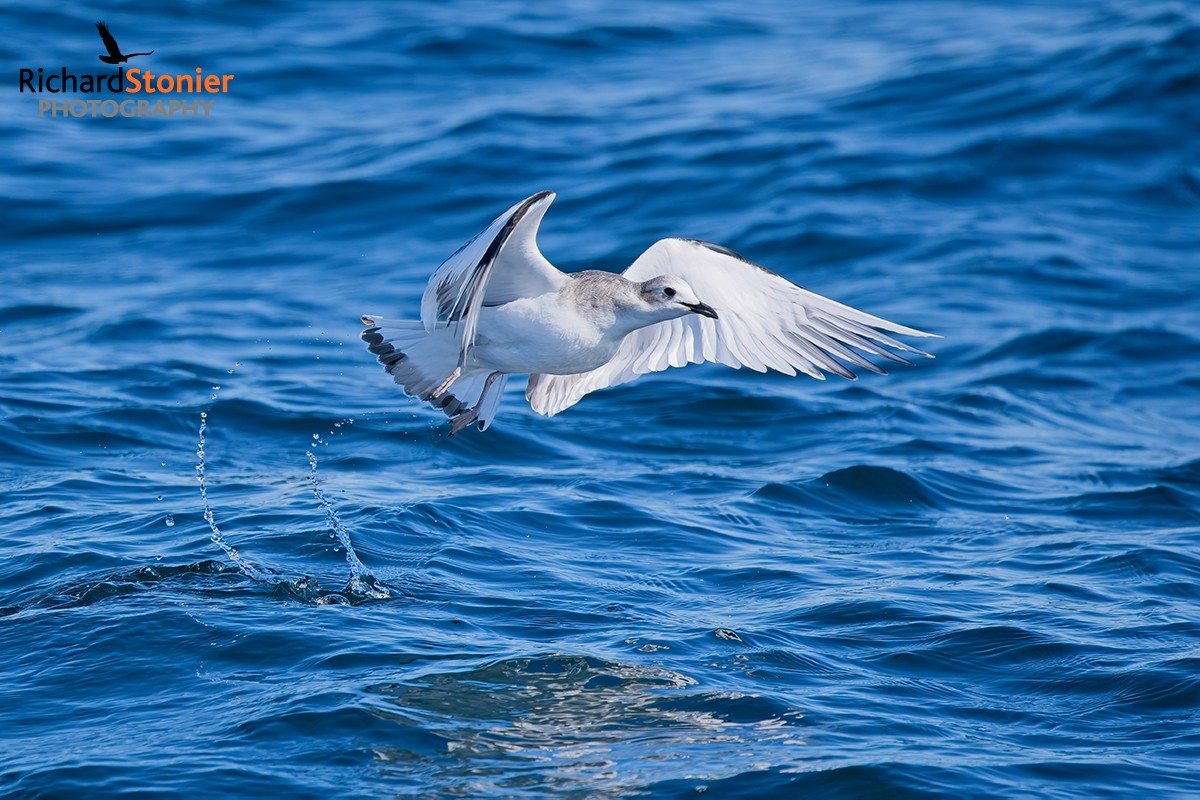
An adult Bonaparte’s Gull was again seen at Kinnegar Shore (Co.Down) on 27th; and a first-winter at Dunnet Bay (Highland & Caithness) on 30th.
The settled Laughing Gull remained at Trabeg (Co.Kerry) on 27th-1st.
An adult Ring-billed Gull was again seen at Blennerville (Co.Kerry) on 29th and 2nd; and a second-winter at Trabeg (Co.Kerry) on 1st.
A Glaucous Gull was seen on Orkney on Eday on 27th; and an Iceland Gull was reported from Skye (Highland & Caithness) on 2nd.
Finally for the week, an intriguing report – a probable juvenile Thayer’s Gull in West Sussex briefly at Adur Estuary RSPB in the evening of 2nd.
The week proved to be a good one for sightings of Pallid Harrier, with a male seen in Norfolk on 27th at Walsey Hills NOA, Cley, and Morston Quay; and a ringtail further west at Saul Warth (Gloucestershire) on 28th; a female at Llanrhidian Marsh (Glamorgan) on 30th-2nd; a juvenile in Kent at Dungeness, Langdon Cliffs NT and South Foreland on 1st; and on 2nd, a juvenile at Keyhaven Marshes (Hampshire), and another juvenile at Montrose Basin (Angus).
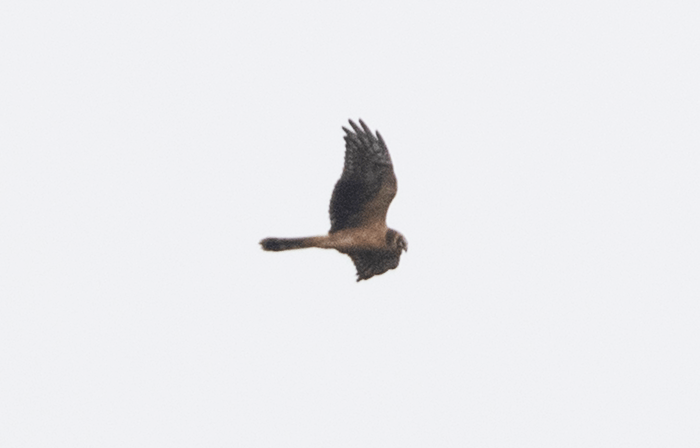
A male Montagu’s Harrier was seen in Ceredigion at Cors Caron on 28th.
Our only Black Kite of recent days was a bird in Co.Cork at Lehanmore on 29th.
What a cracking week this was for passerine vagrancy, with a terrific range of species on offer. Not least where shrikes were concerned…
The autumnal Brown Shrike account continued to be added to in recent days, with another Shetland bird present on Yell on 26th-27th; and St Kilda adding a fourth record for the Western Isles, and an island first, on 1st.

Norfolk added further variety with an Isabelline Shrike sp, thought to be a probable Daurian Shrike, at Happisburgh on 30th.
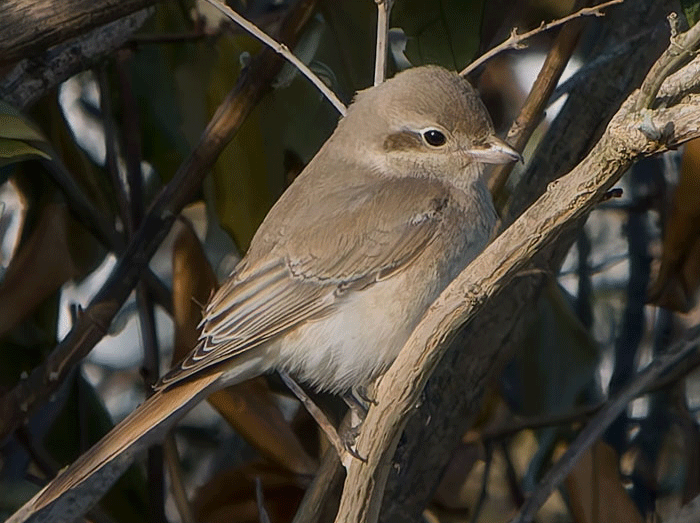
Suffolk meanwhile gave us a Turkestan Shrike at Dunwich Heath on 2nd.
Turkestan Shrike - ad male, Dunwich Heath this afternoon. An excellent bird and find; photos in gloomy light not the best and was a little elusive early evening #ukbirding #suffolkbirding
— Brian Small (@cach22.bsky.social) 2 October 2025 at 20:07
[image or embed]
Norfolk also held on to its recent Lesser Grey Shrike at Winterton North Dunes on 26th-29th.
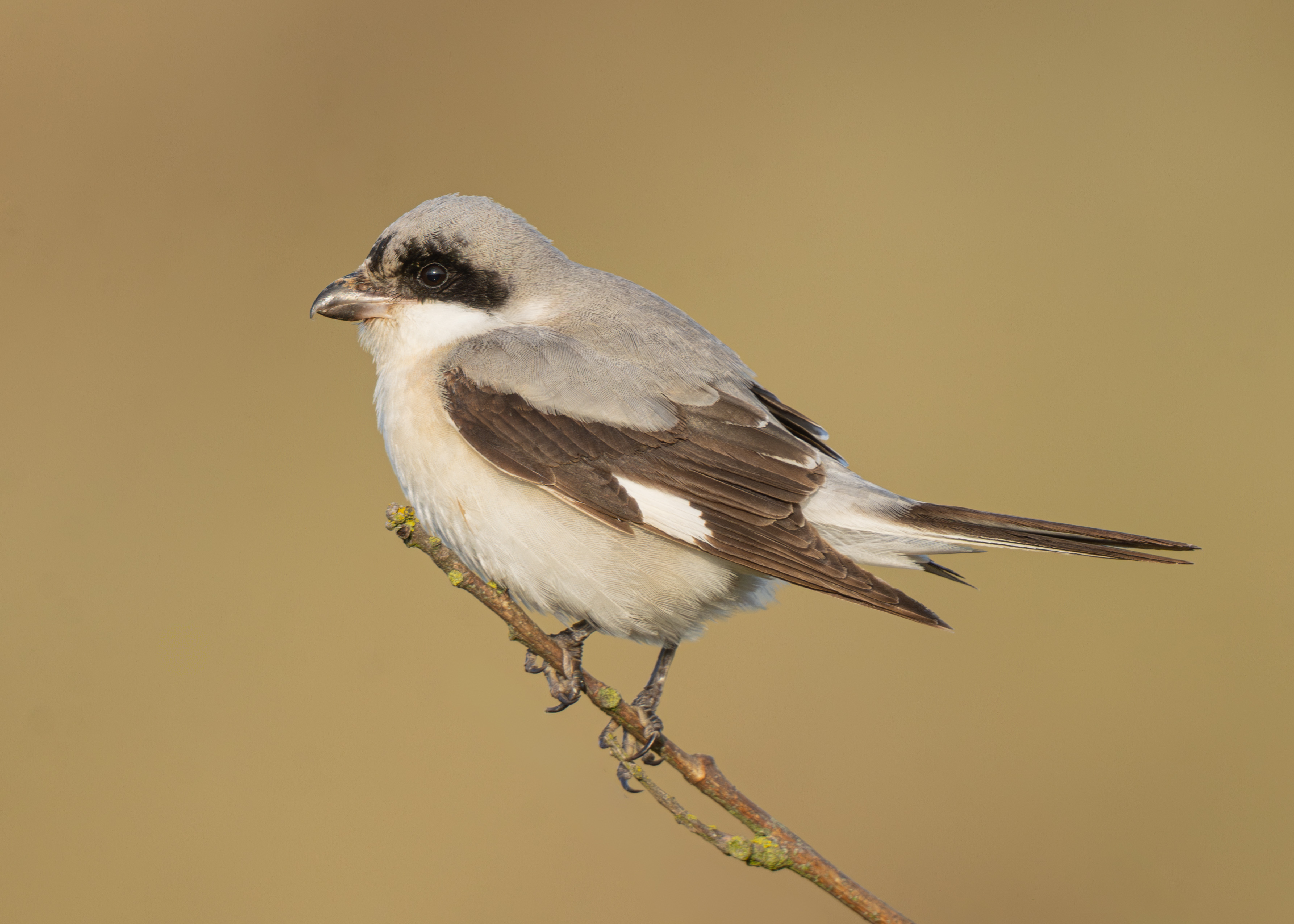
Down on Scilly, the Woodchat Shrike remained on Tresco on 26th still.
Red-backed Shrike didn’t quite make it into double figures, but came close. Birds were logged near Morston (Norfolk) on 26th-2nd; on Skokholm (Pembrokeshire) on 26th-2nd; on St Martin’s (Scilly) on 26th; at Winterton North Dunes (Norfolk) on 26th-30th and Winterton-on-Sea on 1st-2nd; in Shetland on Fair Isle and Whalsay on 27th, Yell on 28th, and Whalsay on 2nd; and reported from Eynsford (Kent) on 29th.
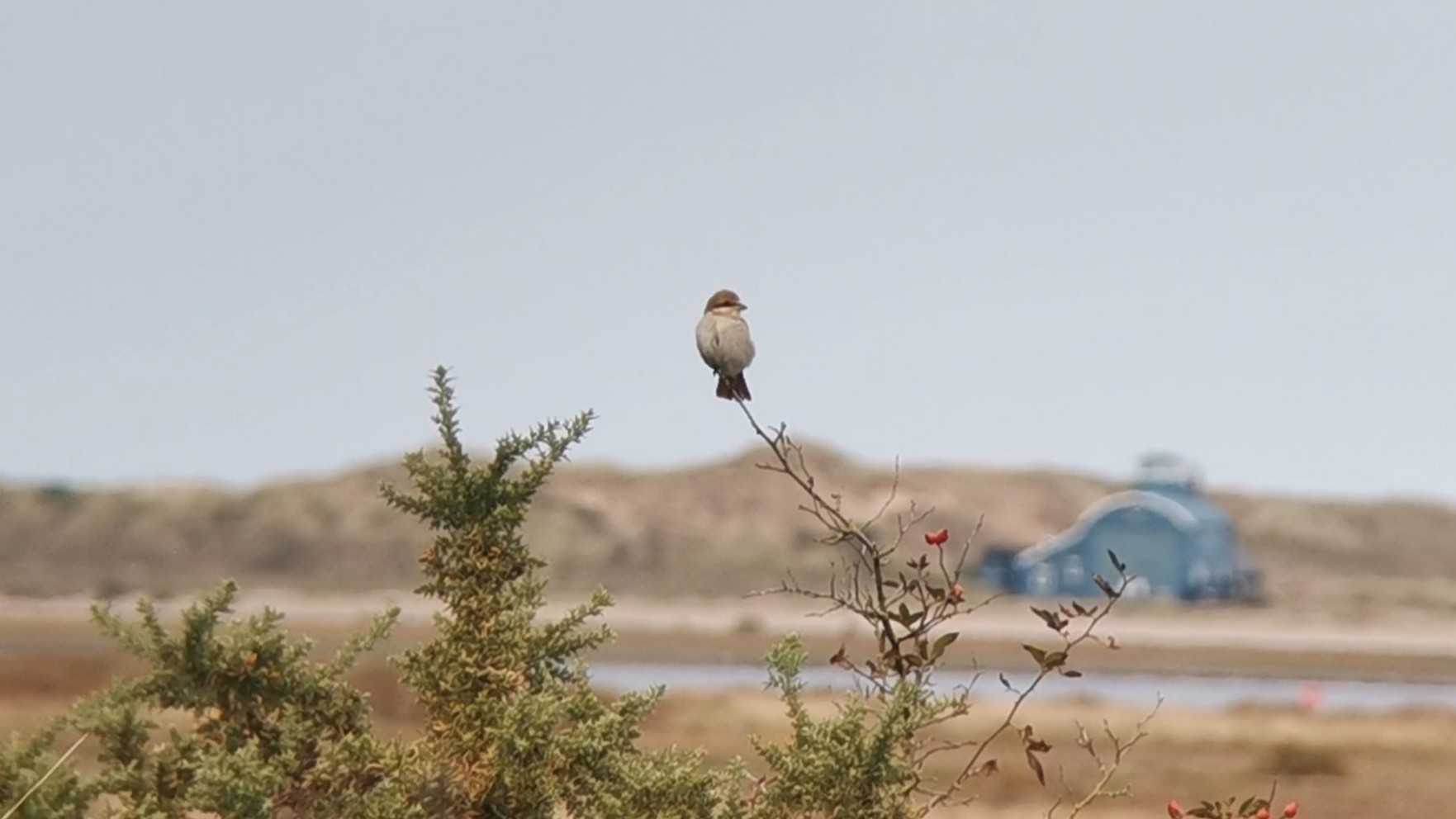
A little over half a dozen Hoopoe were seen lately – on 26th near Malton (North Yorkshire), at Fanore (Co.Clare), and at Gwalchmai (Anglesey); at Ballintotis (Co.Cork) on 27th-2nd still; on 27th on Anglesey at Bull Bay; on Skokholm (Pembrokeshire) on 28th-2nd; and at Market Weighton (North Yorkshire) and on St Agnes (Scilly) on 2nd.
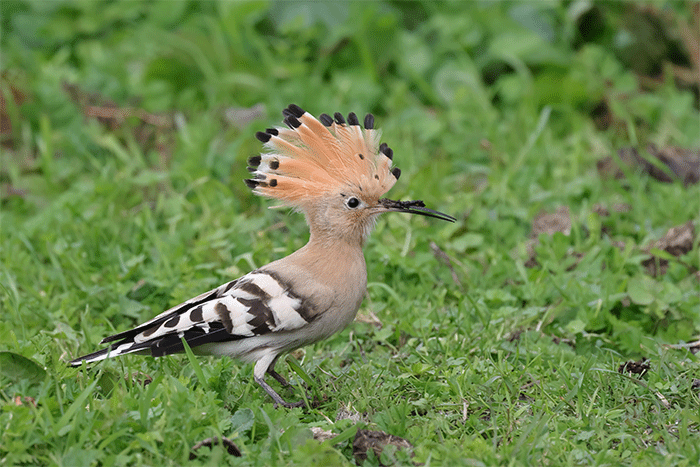
Numbers of Wryneck remained fair, with some 30 birds noted during the course of the week.

The recent Short-toed Lark remained on Yell (Shetland) on 26th-2nd; while another was found on Helvick Head (Co.Waterford) on 30th; and a final bird on 2nd in Norfolk at Snettisham.
A Red-rumped Swallow was seen at Sandwich Bay (Kent) on 28th.
And so to the warblers, starting as ever with Yellow-browed Warbler - reasonable numbers were again seen this week, breaking into the low hundreds with around 320 birds logged across the region.
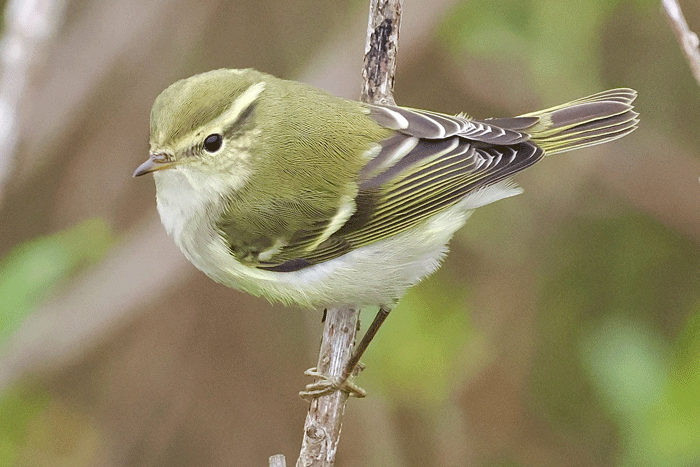
The first Radde’s Warbler of the autumn was an early arrival on Unst (Shetland) on 29th-2nd.
Dusky Warbler meanwhile were found at Kilnsea (East Yorkshire) on 26th-30th; on Shetland Mainland at Bigton on 28th; and on Whalsay (Shetland) on 1st-2nd.
A Paddyfield Warbler was trapped and ringed on St Mary’s (Scilly) on 28th, remaining there until 1st, with a second bird trapped and ringed there on 1st also.

A Great Reed Warbler was in Nanquidno Valley (Cornwall) on 30th; and a probable was on St Mary’s (Scilly) on 2nd.
A Blyth’s Reed Warbler was seen at Fishtown of Usan (Highland & Caithness) on 30th-2nd; and another on Yell (Shetland) on 2nd.
Marsh Warbler were seen in Shetland at Quendale still on 26th; trapped and ringed at Cape Clear (Co.Cork) on 28th, remaining present at the latter site until 30th; and at Worth Marshes RSPB (Kent) on 1st.
A handful of Melodious Warbler were seen this week – at Galley Head (Co.Cork) on 27th; on The Lizard (Cornwall) on 29th; at Trewellard (Cornwall) on 30th; and at Kenidjack (Cornwall) on 30th.
Just shy of 35 Barred Warbler were seen lately, with several sites enjoying duos – Fair Isle (Shetland) and Bempton Cliffs RSPB (East Yorkshire) on 26th; and North Ronaldsay (Orkney) on 27th.
A fine male Eastern Subalpine Warbler was found on Whalsay (Shetland) on 28th.
Back to Suffolk, and Walberswick, a Zitting Cisticola remained present there on 30th.
On Scilly, a Rose-coloured Starling was to be seen on St Mary’s on 26th-2nd.
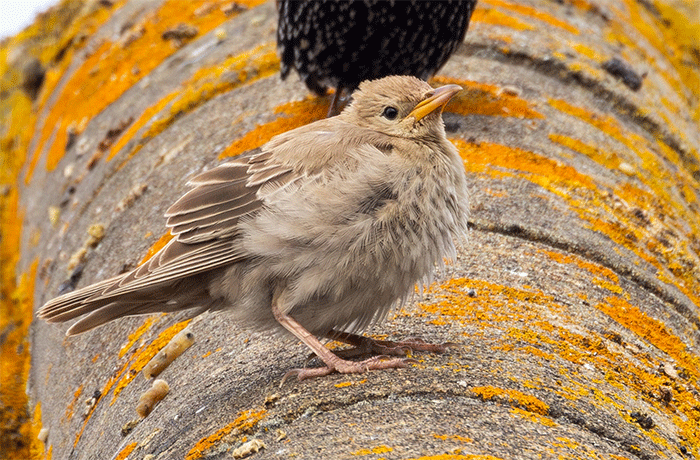
As September drew to a close, a couple of Catharus thrushes provided some western seasoning to the otherwise generally very eastern fare we were enjoying. A Grey-cheeked Thrush was trapped and ringed on Lundy (Devon) on 29th; and a Swainson’s Thrush was seen at Malin More (Co.Donegal) on 29th-2nd.
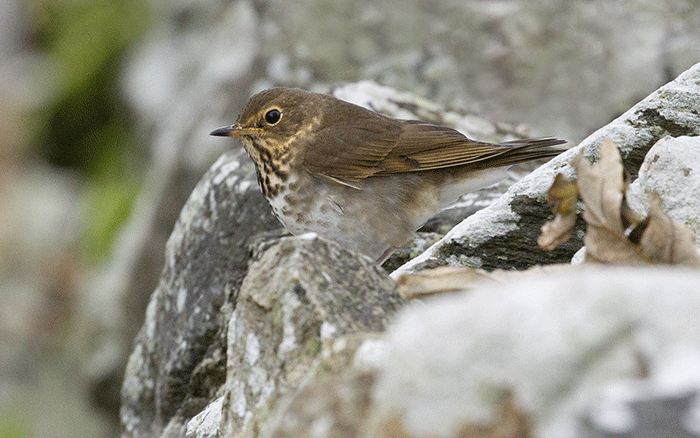
A White’s Thrush was found on Orkney on Sanday on 1st.
A scatter of Bluethroat were logged lately, all but two on Shetland – on Fair Isle on 26th-28th, with two present on the isle on 27th; on Out Skerries on 27th-2nd; on Mainland at Geosetter on 28th, at Voe on 30th, and at Asta on 2nd; and on Fetlar on 28th. Orkney got a look in with a bird on North Ronaldsay on 28th; and a bird was in Oxfordshire at Otmoor RSPB on 30th-2nd.
Perhaps surprising for being but one individual this week, a Red-flanked Bluetail was found in Highland & Caithness near John o’ Groats on 28th.
Around 25 Red-breasted Flycatcher were seen lately – two were present on Holy Island (Northumberland on 27th-28th.
Three Siberian Stonechat were seen during the past week – at Grimston (East Yorkshire) still on 26th-28th; at Hawthorn Dene NR (Co.Durham) on 26th-2nd; and on Foula (Shetland) on 28th.
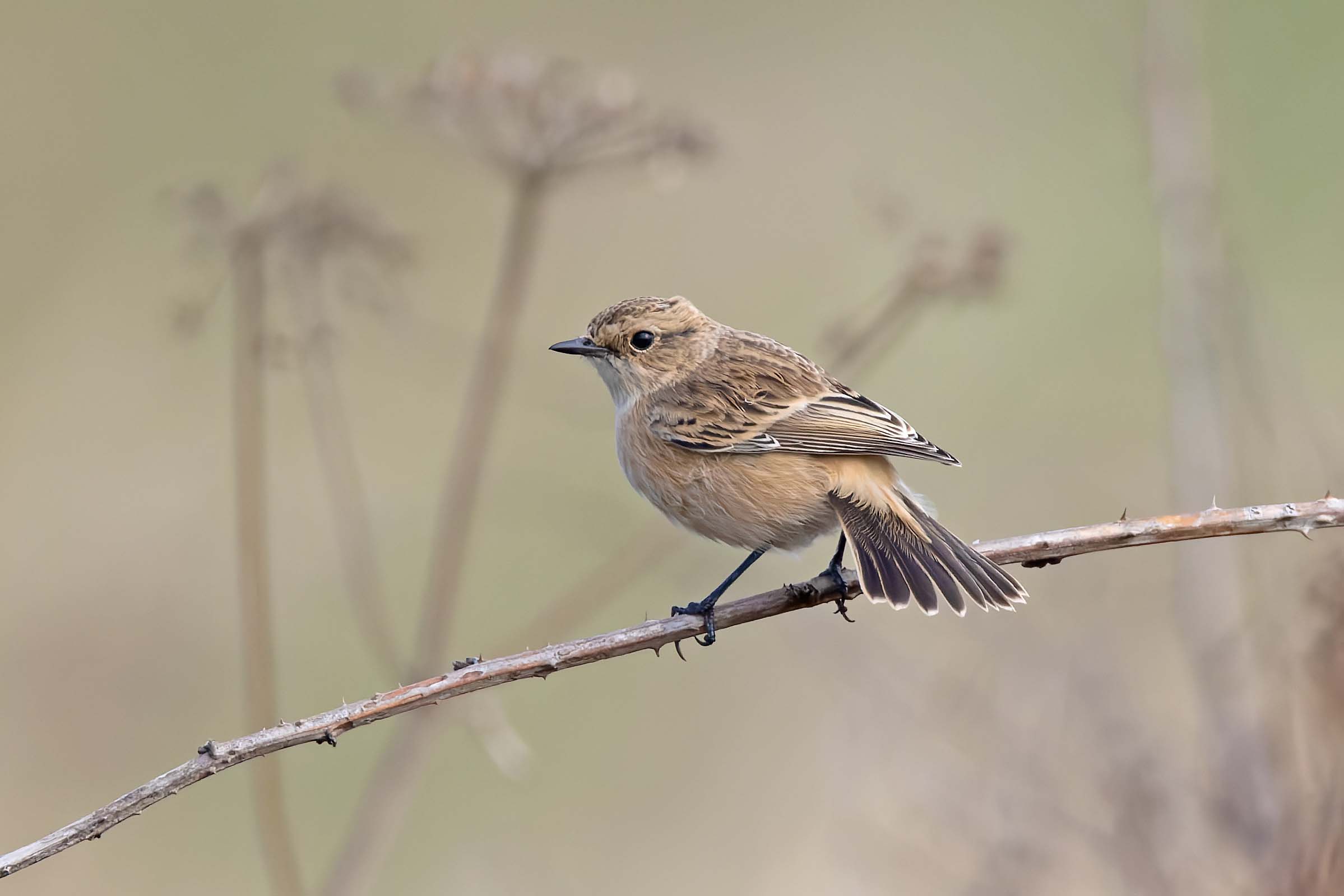
A new Isabelline Wheatear was found this week, giving Scilly-bound birders pause to break their journey at St Just on 26th-29th.
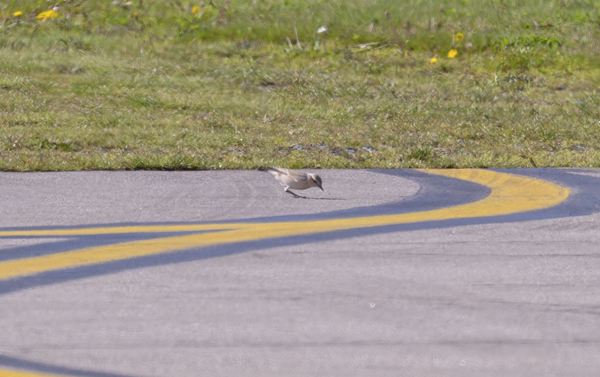
A Citrine Wagtail was found on Unst (Shetland) on 28th-29th, and another at Spurn (East Yorkshire) on 1st; and one was seen on Unst on 2nd. Surely not long now before the first Eastern Yellow Wagtail of the autumn is found?
Richard’s Pipit were found in the English southwest on Bryher (Scilly) on 29th, over Polgigga (Cornwall) on 29th, and on St Agnes (Scilly) on 1st-2nd; two on Fair Isle (Shetland) on 1st; and one at Spurn (East Yorkshire) on 1st.
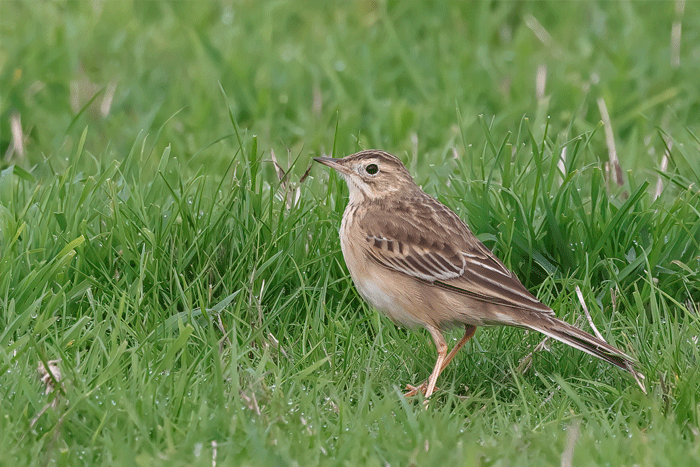
An Olive-backed Pipit was seen on Sanday (Orkney) on 1st.
Around 25 Common Rosefinch were logged this week, a decent increase on the preceding weekly period. Our single site peak count was on Shetland Mainland, where three were to be seen at Scousburgh on 29th.
A hornemanni Arctic Redpoll was on Unst (Shetland) on 28th-2nd.
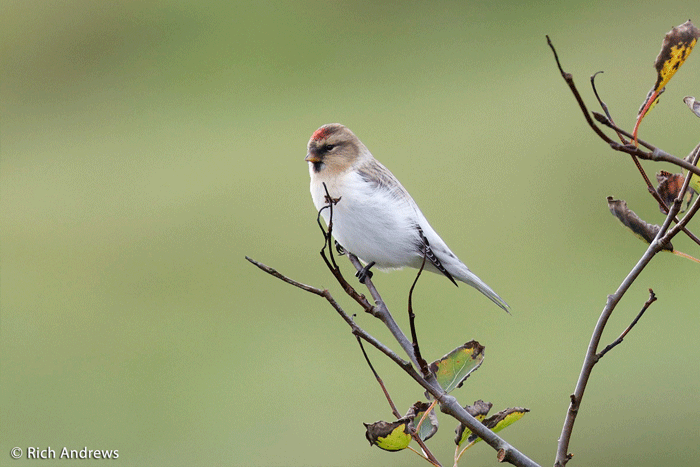
Scilly enjoyed Ortolan Bunting on Bryher still on 26th-27th, and St Mary’s on 27th-30th.

Scilly also scored a Rustic Bunting on St Martin’s on 1st.
Nice to find this Rustic Bunting with the Mrs this evening on St Martin’s, Isles of Scilly. A subtle bird, in some ways, compared to obvious autumn males. Looks to be same bird found on St Agnes yesterday when comparing feather details. pic.twitter.com/irUwmmmH8P
— Chris Townend (@WiseBirding) October 1, 2025
No classic week for eastern vagrancy would be complete without a good show of Little Bunting, and this past week was no exception – 11 birds were seen scattered between Scilly and Shetland, with the latter’s Fetlar enjoying two birds on 28th-29th.
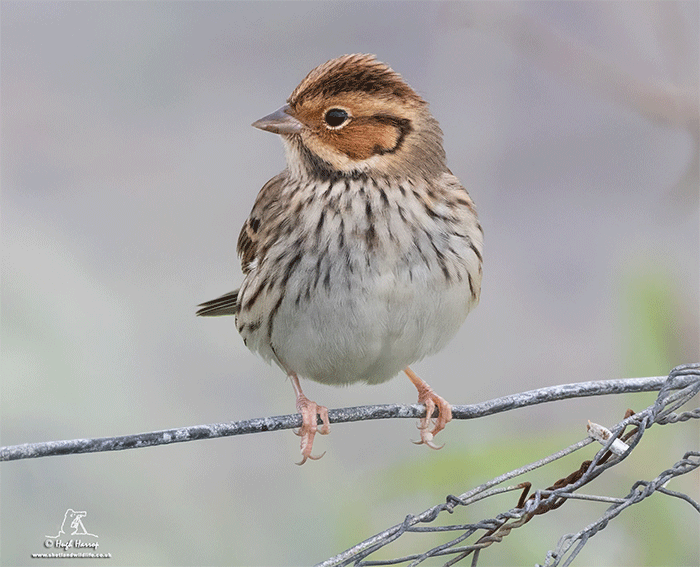
Last but far from least, a Nearctic flourish to conclude the week – our first Red-eyed Vireo of the autumn on Barra (Western Isles) on 30th.
With Nearctic vagrancy very much on our minds, let’s start the overseas news in the Western Palearctic’s westerly outpost, the Azores, where on Corvo this week all sorts of tantalising goodies were being seen - Yellow Warbler on 26th-29th still; Northern Waterthrush on 26th-29th; American Redstart on 26th-1st, with two birds seen on 28th; Common Yellowthroat on 26th-30th; Prothonotary Warbler on 27th-1st; Bobolink on 26th-30th; Red-eyed Vireo on 30th; Rose-breasted Grosbeak on 30th-1st; Northern Harrier on 30th; and, on 1st, Black-and-white Warbler, and Northern Parula
On Cape Verde, the Willet remained on Boa Vista on 28th-1st.
Up on Iceland, an American Pipit was seen at Garour on 28th; Red-eyed Vireo at Stokkseyri on 30th, and Selskogur on 2nd; and also on 2nd, a Tennessee Warbler at Seltjorn, and a Greater Yellowlegs at Grindavik.
A Red-eyed Vireo was on Faroe on 30th on Sandoy.
In Spain the Cape Gull remained at Laredo on 26th; and a Levant Sparrowhawk was seen at Tarifa on 30th.
Finally, in the Netherlands the Western Swamphen remained at Zevenhuizen on 27th-29th; the Pygmy Cormorant at Natuurpark Lelystad on 27th-29th also; and a White’s Thrush was found dead near Alkmaar on 1st.
We’re now into October, the pinnacle of the birding year. And what could possibly be better now than some unsettled weather? It’s as if our dreams have been answered this coming week, with the arrival of Storm Amy coinciding with the beginning of the week.
Specifically, Amy looks set to deliver some magnificent westerlies to Britain and Ireland throughout the coming week. Is this the point in the rarity race through autumn that the east passes the baton, at least temporarily, to the west?
3rd-9th October, traditionally, is no slouch for Nearctic vagrancy given half a chance. And Amy looks like being a very decent chance indeed…
Two warblers stand out, head and shoulders, above the rest for the coming week - Blackpoll and Myrtle Warbler both have double figures of past records to their credit, and neither would be a huge surprise in the wake of Amy.
More rarified gems are possible – the coming week boasts five past Northern Parula, three apiece for Black-and-white Warbler and Common Yellowthroat, two apiece for Blackburnian Warbler and Tennessee Warbler, and single Blue-winged Warbler, American Redstart, and Canada Warbler.
You get the picture. It’s historically a good week for warblers. And that’s before we even touch upon 11 past records of Rose-breasted Grosbeak, seven Bobolink, six Baltimore Oriole, and four Scarlet Tanager.
Something decent, surely, this way comes…
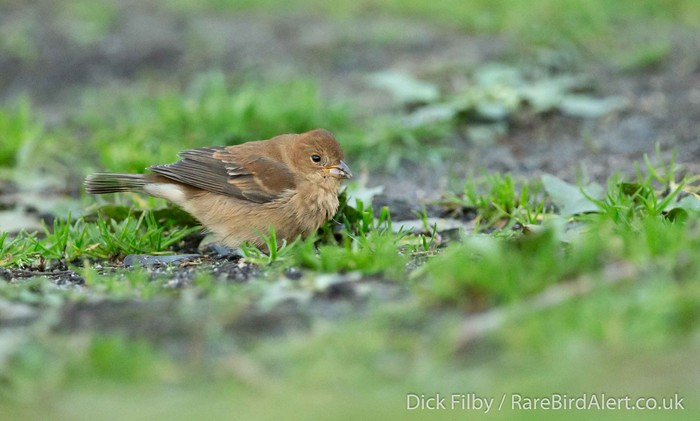
Jon Dunn
3 October 2025
Many thanks to all this week's contributors for your photos and videos
Share

















